Remote islands capture the imagination with their isolation and rugged beauty. Surprisingly, many of these far-flung places are inhabited, despite their challenging locations. Life on these islands can be tough, yet the communities that call them home have adapted to the isolation. Here are some of the most remote islands in the world that are still surprisingly inhabited.
Tristan da Cunha, South Atlantic Ocean
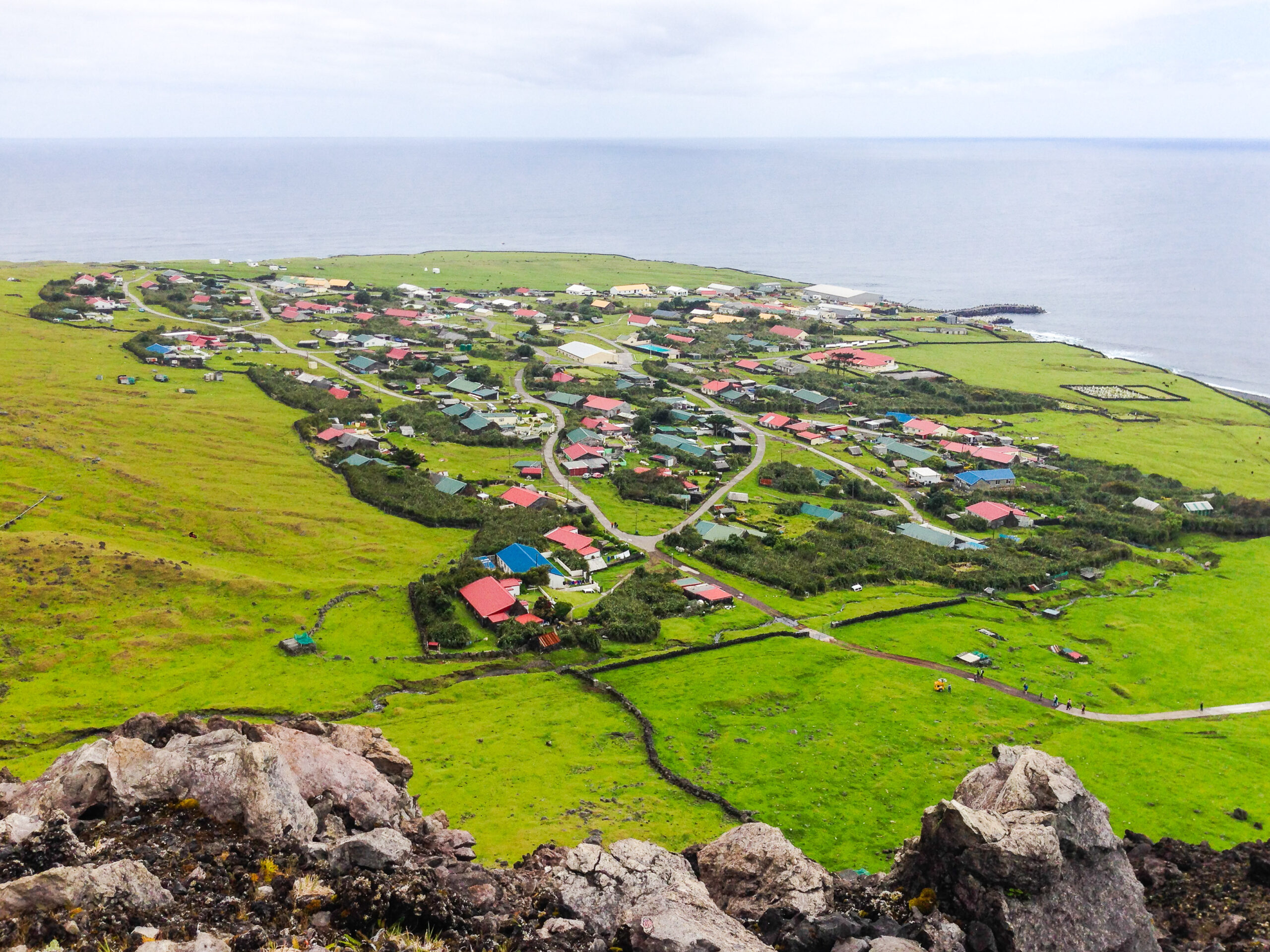
Tristan da Cunha is the most isolated inhabited island on the planet. It lies over 1,500 miles from the nearest continent. The island is home to just over 250 residents, all living in a small village. Its rugged volcanic landscape creates a natural barrier from the rest of the world. Supplies arrive only once a year, which makes self-sufficiency vital for the islanders. Despite its isolation, the community thrives through farming and fishing.
Pitcairn Island, Pacific Ocean
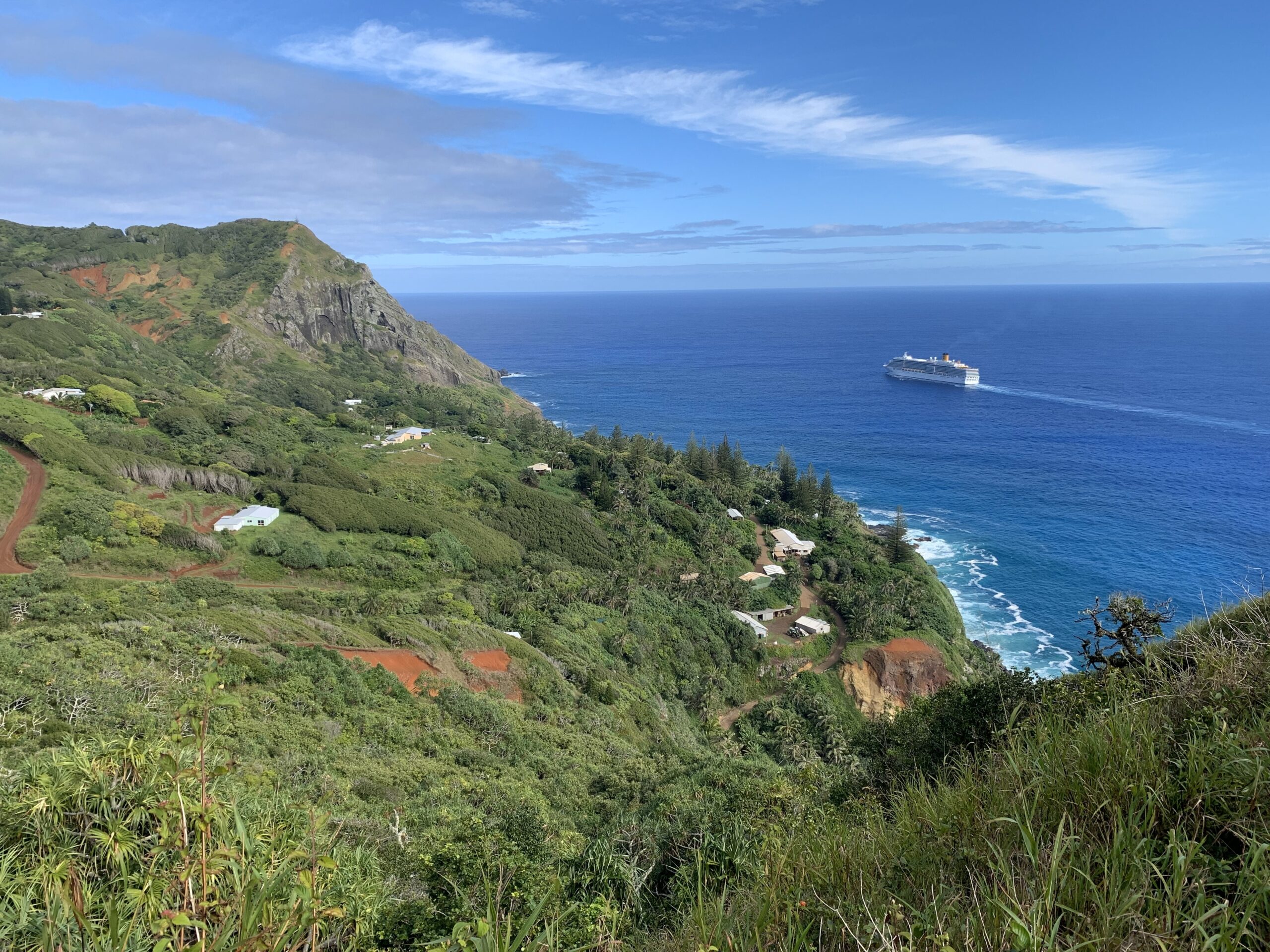
Pitcairn Island is one of the most remote places in the Pacific. It has a population of fewer than 50 people. This tiny community is made up of descendants of the famous HMS Bounty mutineers. The island is known for its stunning landscapes, with dramatic cliffs and lush greenery. Access is difficult, requiring a boat trip from New Zealand. Islanders rely on subsistence farming and small-scale tourism to support themselves.
Easter Island, Pacific Ocean
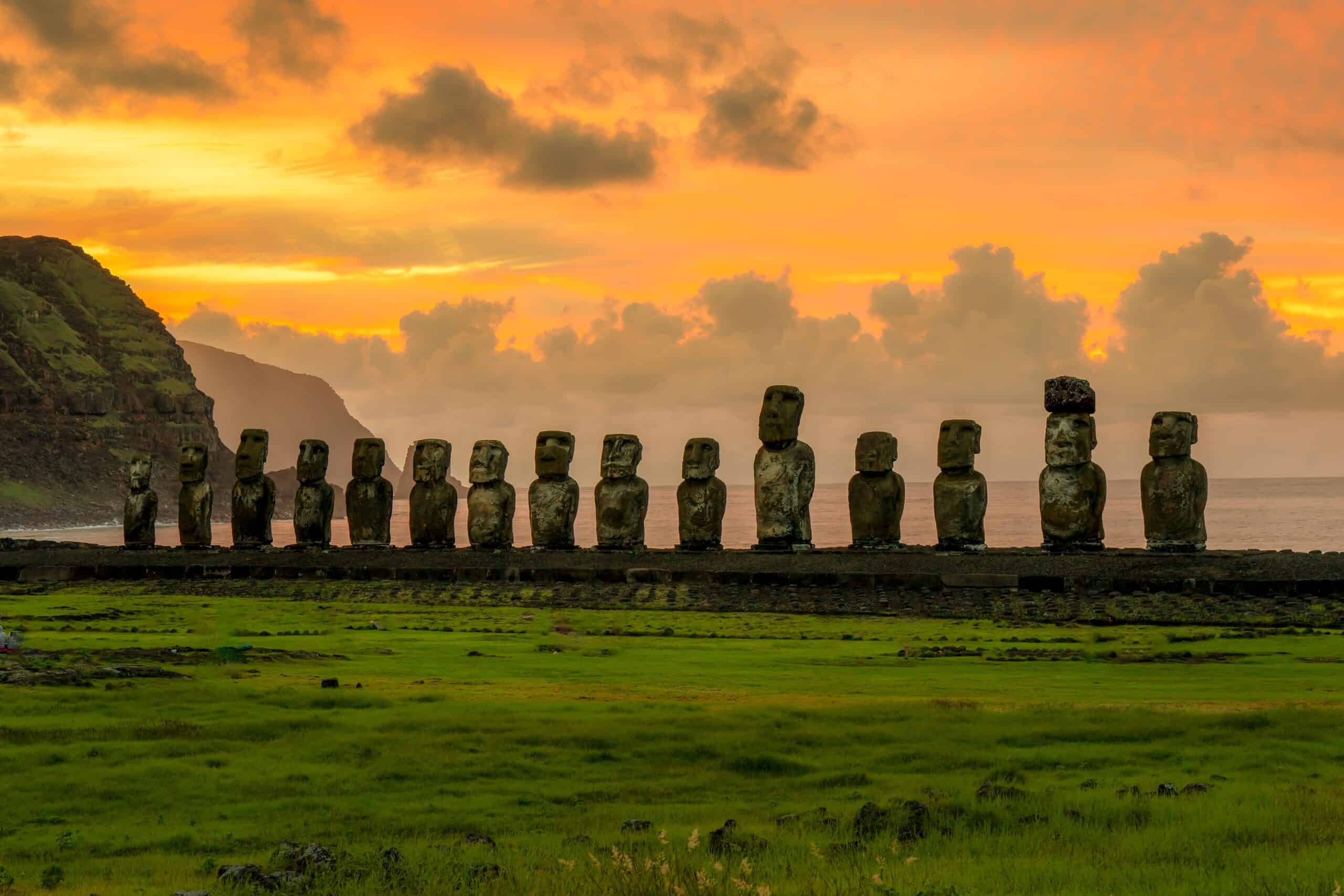
Easter Island, or Rapa Nui, is famous for its giant stone statues called Moai. This remote island is located over 2,000 miles off the coast of Chile. It has a population of about 7,000 people, most of whom live in the main town of Hanga Roa. The island’s rich cultural history, including its mysterious statues, attracts tourists despite its isolation. The people rely heavily on tourism for their economy, with fishing and farming supporting local needs.
Saint Helena, South Atlantic Ocean
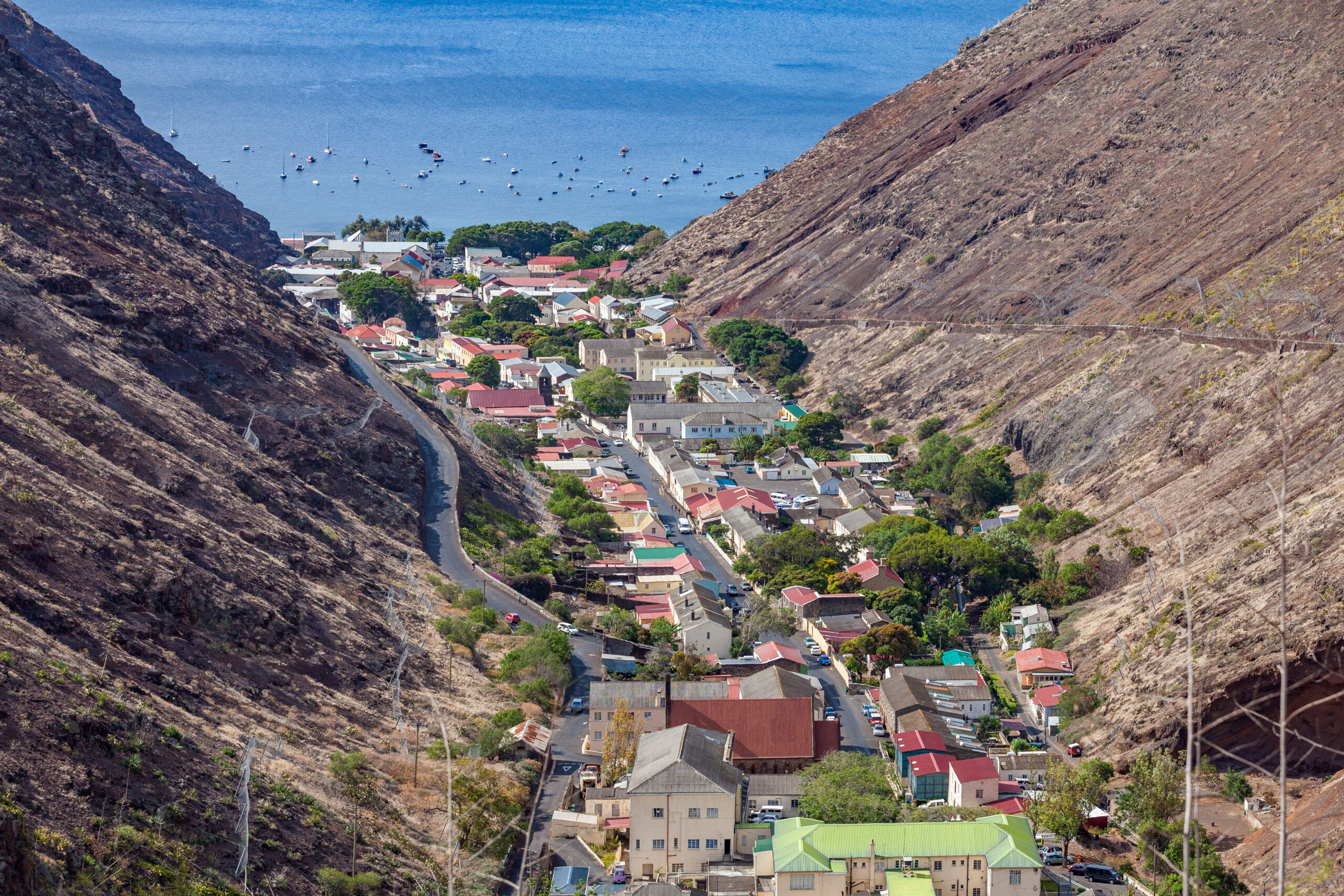
Saint Helena is best known as the final place of exile for Napoleon Bonaparte. This island sits over 1,200 miles from the coast of Africa. Despite its small size, about 4,500 people live on the island today. It recently gained an airport, making access easier, but it was once reachable only by ship. Agriculture and fishing are essential for survival, with tourism playing an increasing role. The island’s history and wildlife also draw curious travelers.
Faroe Islands, North Atlantic Ocean
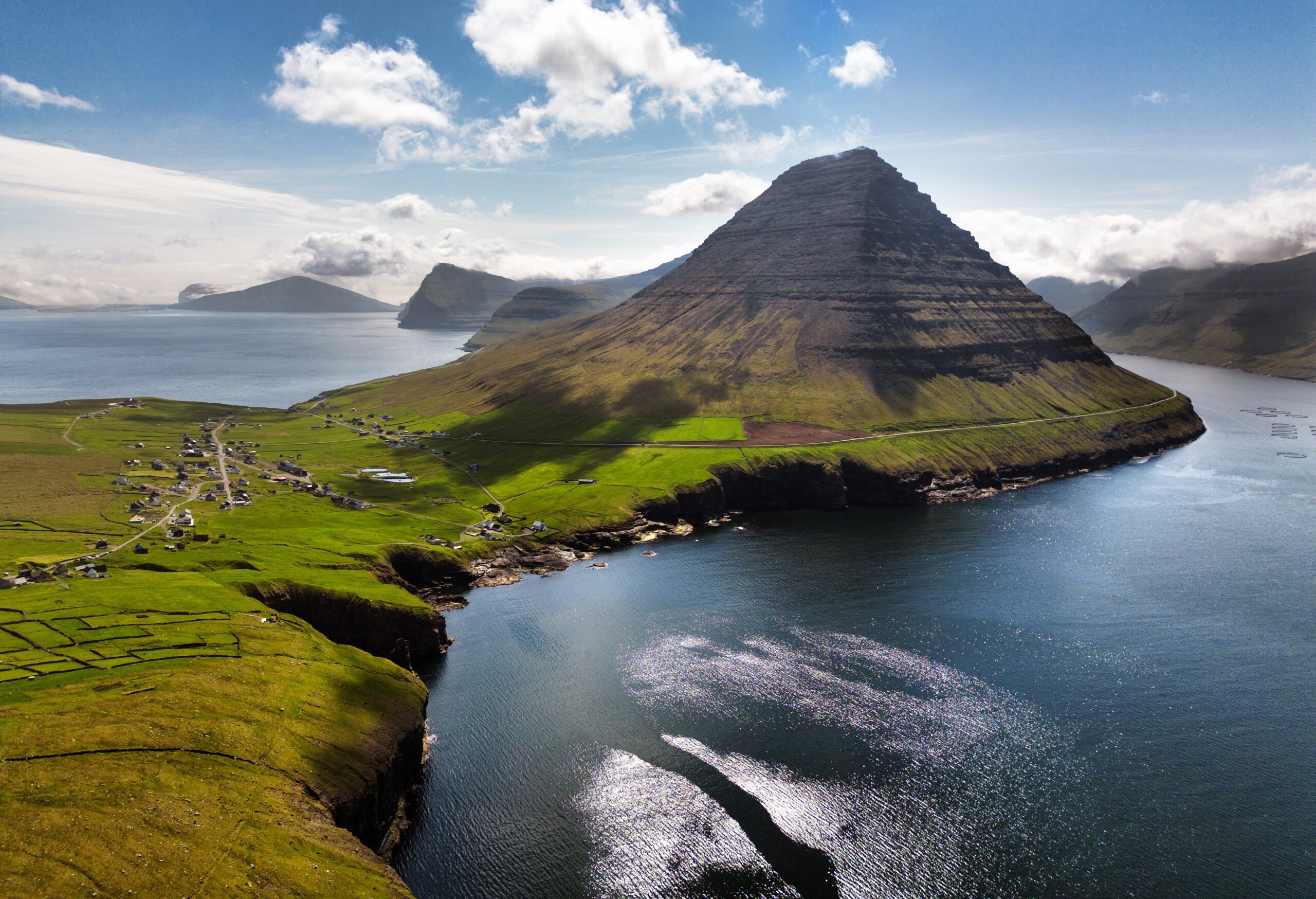
The Faroe Islands consist of 18 rocky, volcanic islands located between Iceland and Norway. About 50,000 people live across the islands. The landscape is filled with towering cliffs, rugged coastlines, and lush green valleys. Fishing is the backbone of the economy, though tourism is growing. The islands’ culture is rich with Viking heritage, and locals maintain strong traditions. Despite the unpredictable weather and isolation, the community thrives.
Socotra Island, Arabian Sea
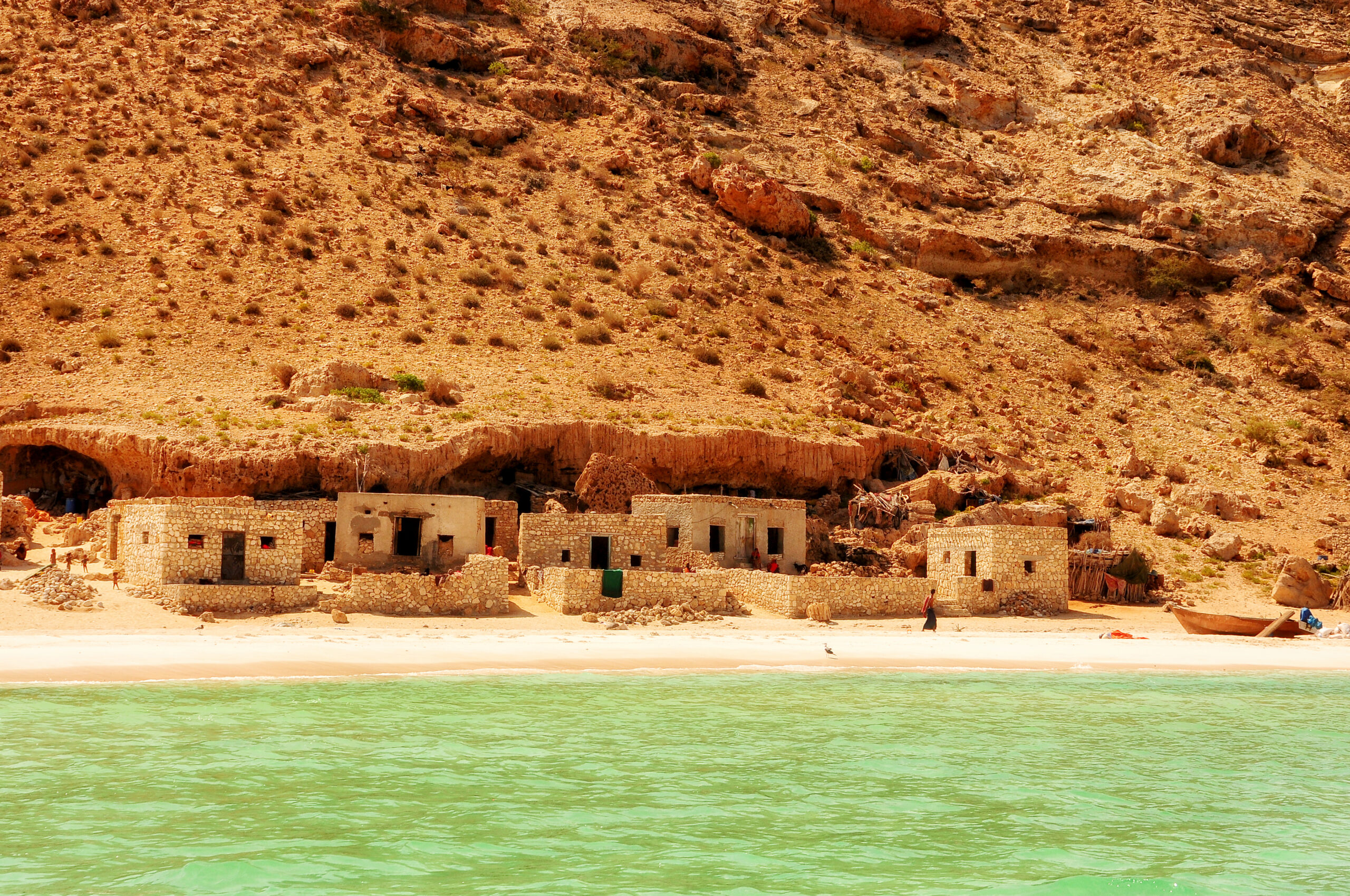
Socotra Island is one of the most unique places on Earth due to its strange plant life. It is part of Yemen but sits isolated in the Arabian Sea. Around 60,000 people live on this remote island, many in small rural villages. Socotra’s landscape is almost alien, filled with trees and plants found nowhere else. The island’s economy revolves around fishing, agriculture, and a small amount of tourism. Its remoteness has helped preserve its incredible biodiversity.
Cocos (Keeling) Islands, Indian Ocean
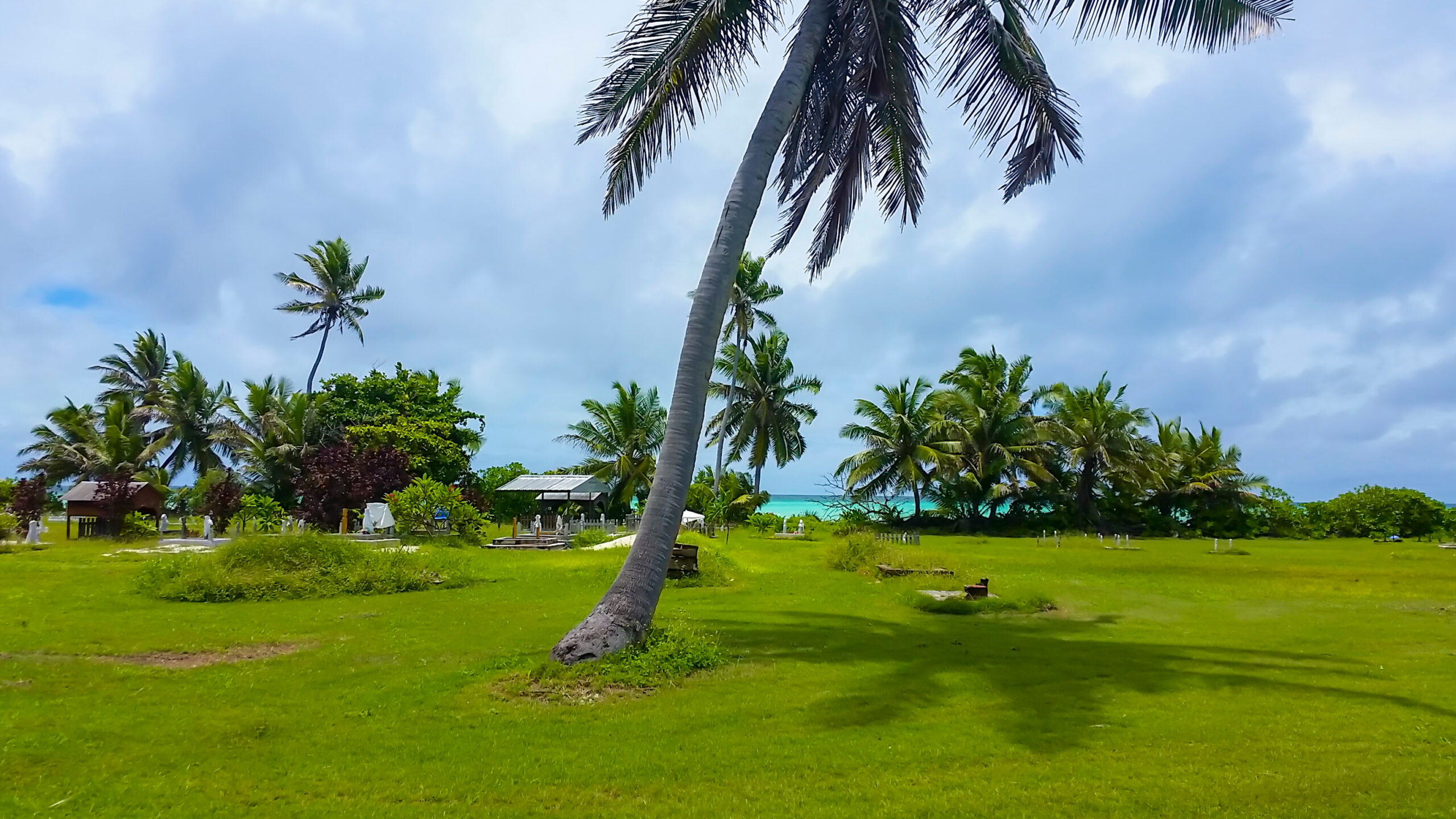
The Cocos (Keeling) Islands are a group of 27 coral islands in the Indian Ocean. Only two of these islands are inhabited, with a population of around 600 people. The islands are part of Australia but are closer to Indonesia. Life here is laid-back, with most residents engaged in fishing and coconut farming. The islands are known for their crystal-clear waters and white sandy beaches. Their isolation has kept them relatively untouched by mass tourism.
Christmas Island, Indian Ocean
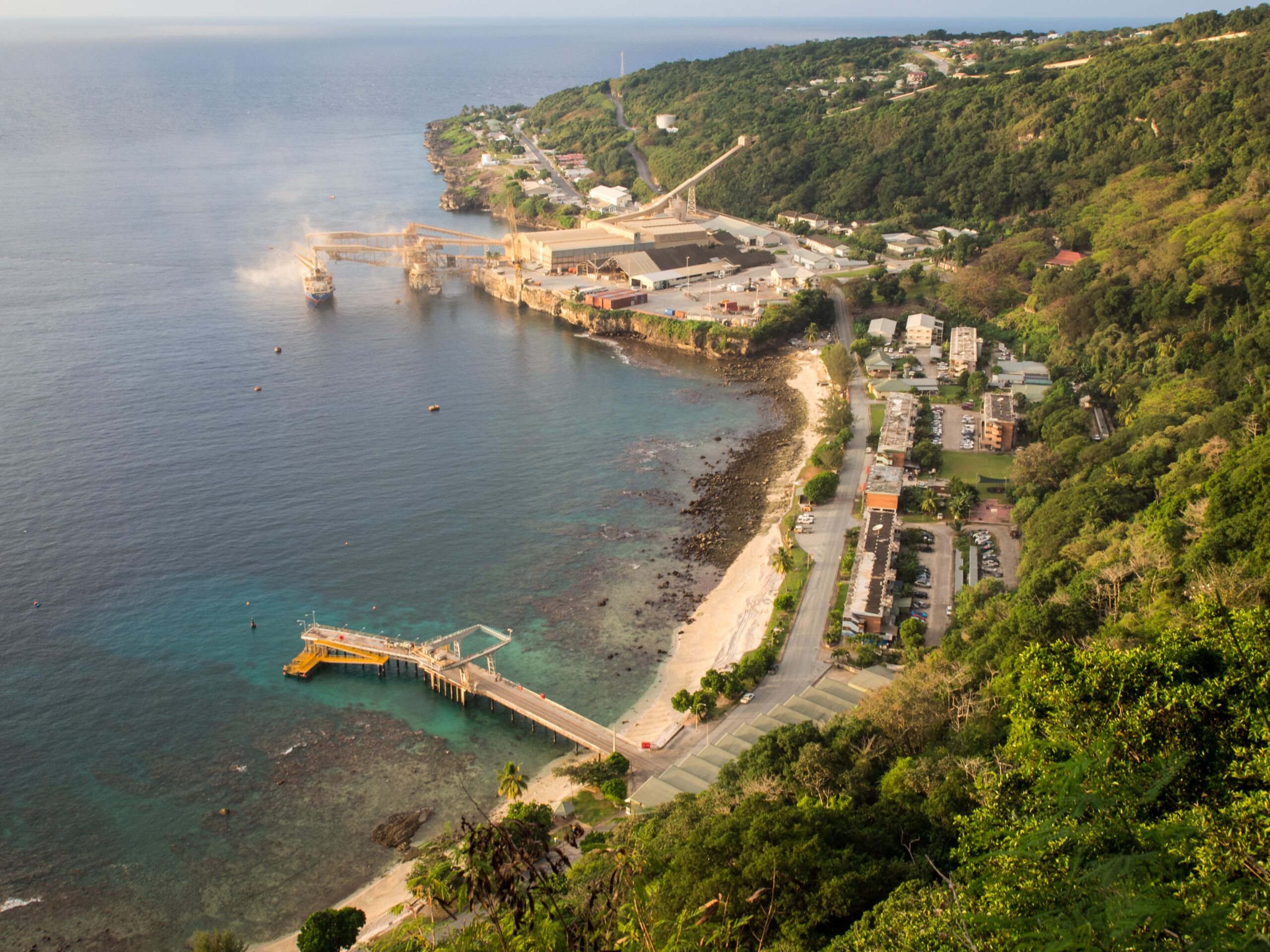
Christmas Island is a small island territory of Australia, located in the Indian Ocean. It is home to about 2,000 people. The island is famous for its annual red crab migration, which covers its roads and forests. Life on Christmas Island revolves around mining, tourism, and conservation efforts. Its remote location makes it a unique destination for nature lovers.
Norfolk Island, Pacific Ocean
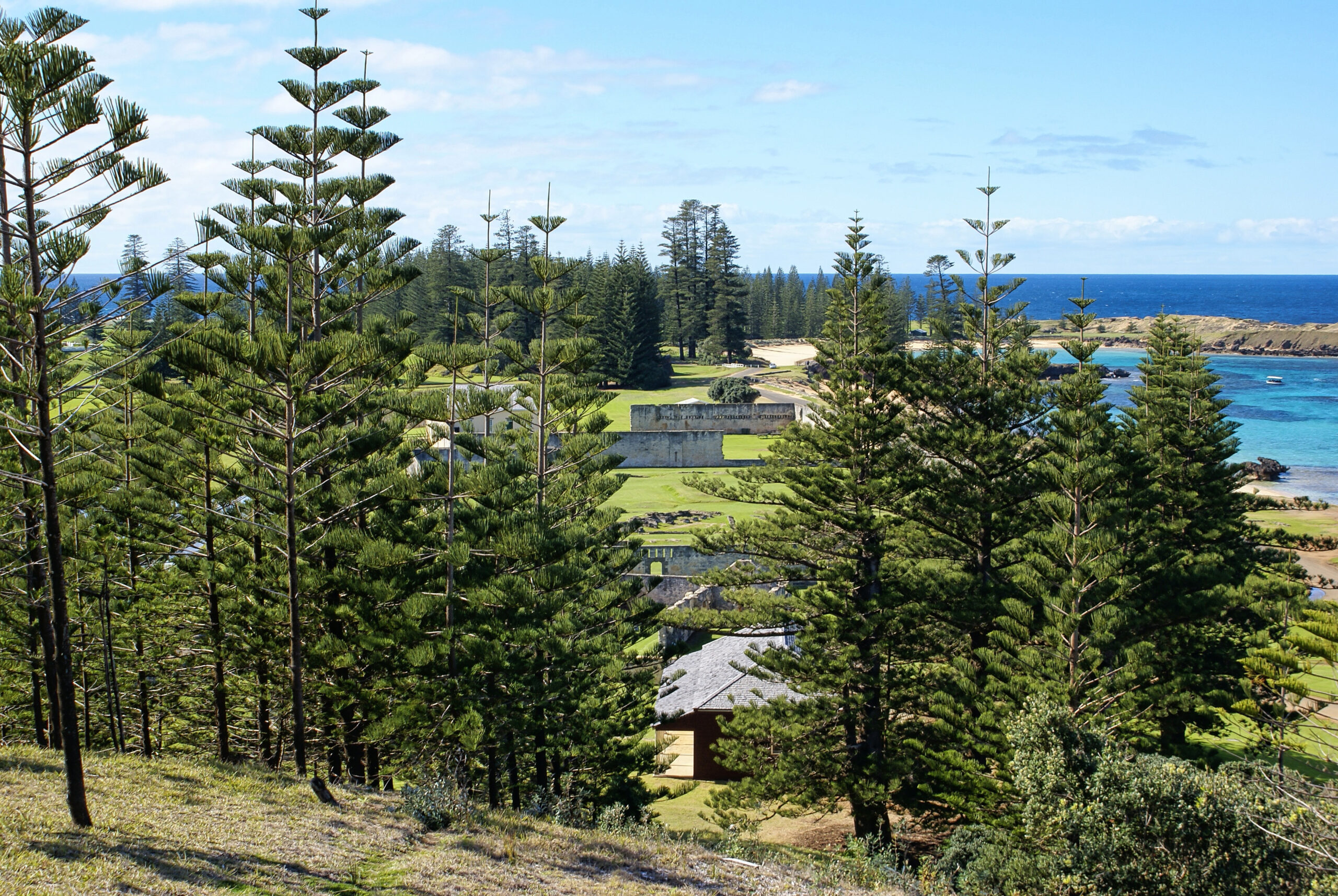
Norfolk Island is located between Australia and New Zealand in the Pacific Ocean. It has a population of around 1,700 people. The island has a rich history, once serving as a penal colony. Today, its economy is based on tourism, agriculture, and local crafts. The lush green landscapes and quiet lifestyle make it a peaceful, if remote, place to live.
Ascension Island, South Atlantic Ocean
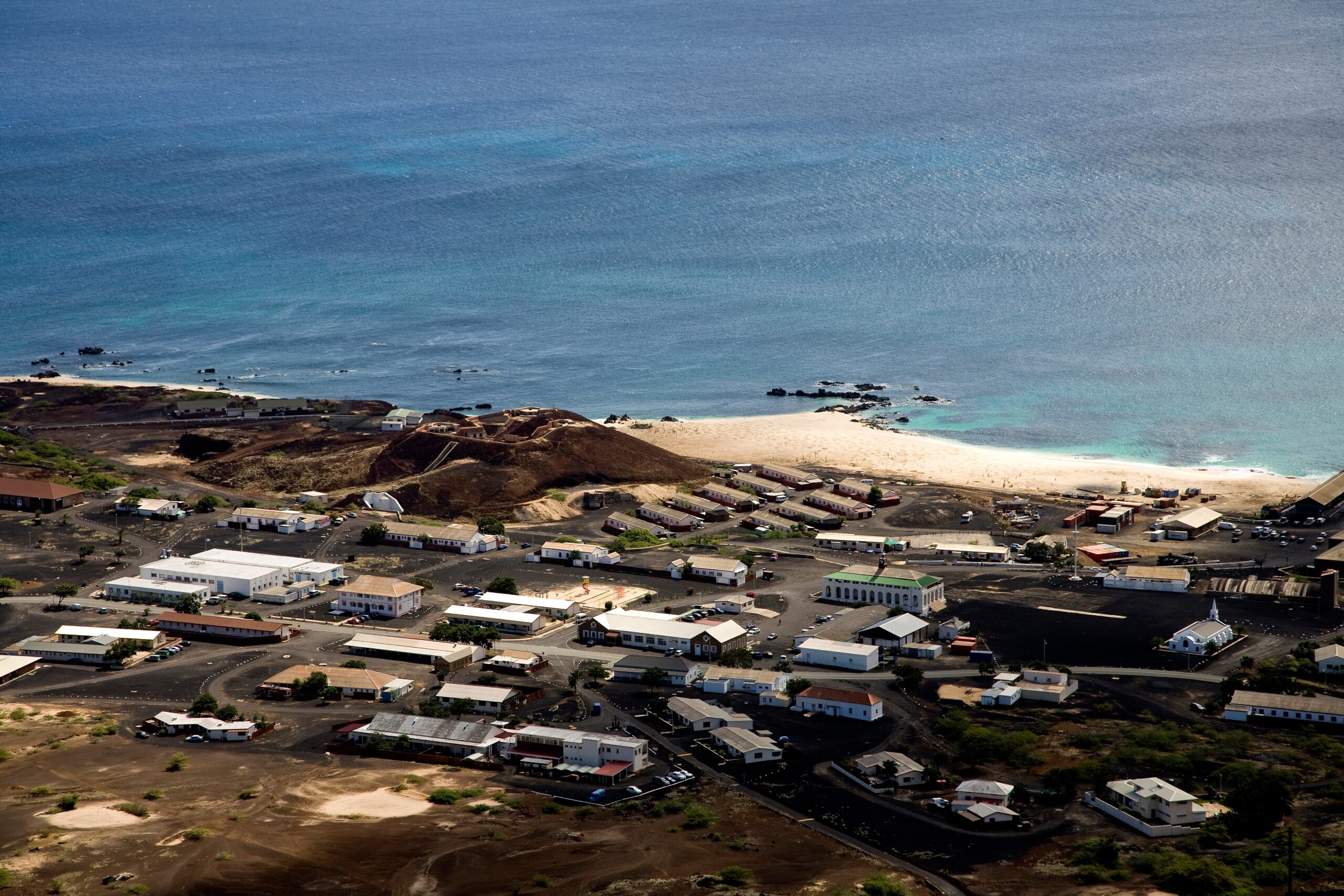
Ascension Island lies in the middle of the South Atlantic Ocean, between Africa and South America. It is home to about 800 people, mostly military personnel and contractors. The island plays a strategic role in communications and satellite tracking. Its rugged volcanic landscape is also home to important wildlife species. Despite its isolation, modern infrastructure supports the small population.
Rapa Iti, French Polynesia
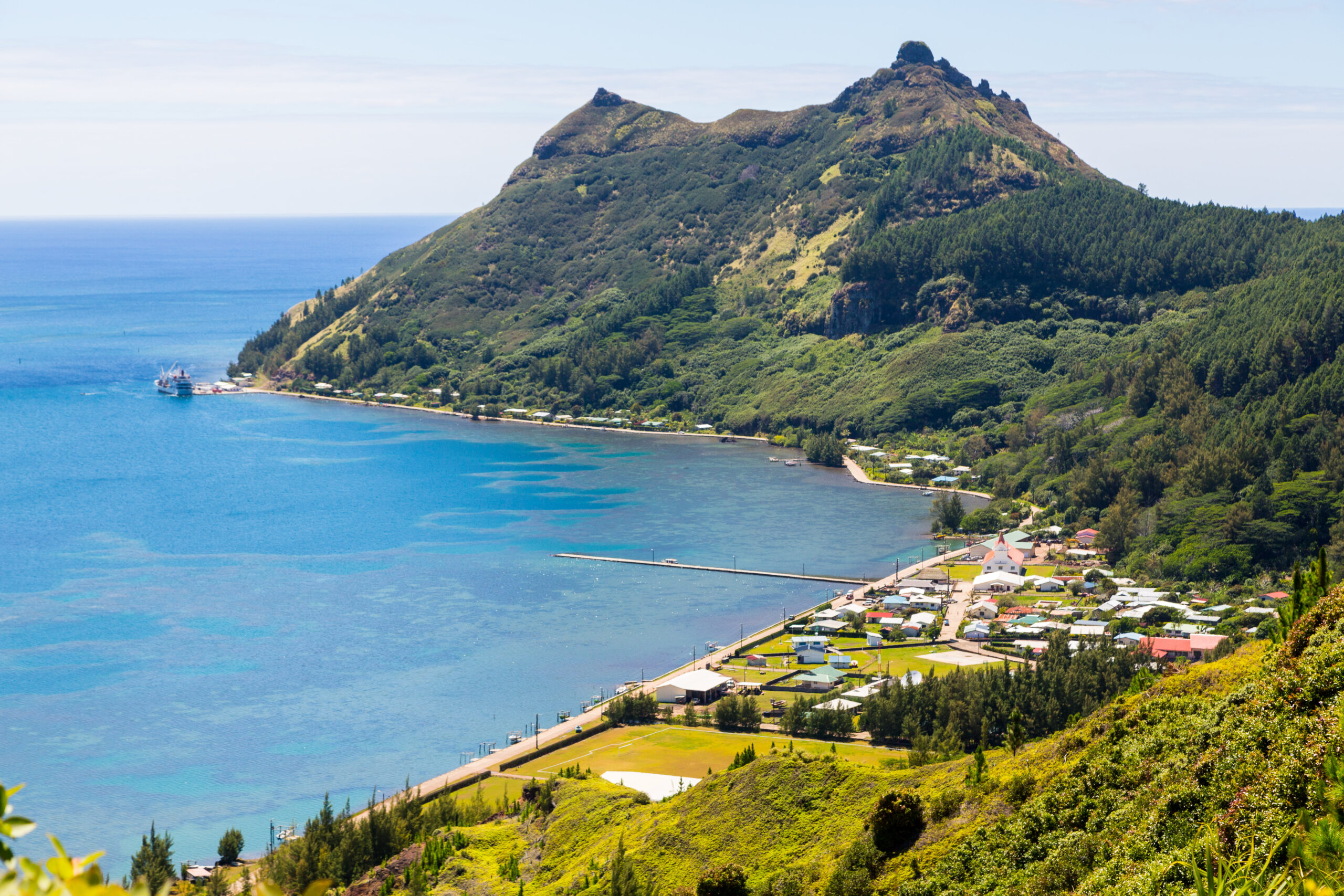
Rapa Iti is one of the most isolated inhabited islands in French Polynesia. It is located over 1,200 miles from Tahiti. The island is home to around 500 residents, who live in small villages surrounded by steep, green hills. The island’s rugged terrain and limited access have preserved its traditional Polynesian culture. Most residents rely on fishing, farming, and craftsmanship for their livelihoods. Despite its isolation, Rapa Iti’s community remains tight-knit and self-sufficient.
This article originally appeared on Rarest.org.
More from Rarest.org
20 Rare and Uncommon Classic Car Models with Limited Production

Rare and uncommon classic cars have always captured the attention of enthusiasts. Their limited production, unique designs, and fascinating histories make them highly coveted. Read More.
14 High-End Crystal Glassware Brands for Refined Tastes

Crystal glassware elevates any dining experience with its elegance and timeless beauty. High-end brands offer a combination of exquisite craftsmanship and refined aesthetics, making them a preferred choice for those with sophisticated tastes. Read More.
9 Most Expensive Vintage Porcelain Figurines Ever Collected

Porcelain figurines have long been treasured for their intricate craftsmanship and delicate beauty. Collectors are willing to pay extraordinary amounts for rare, vintage pieces that carry historical value and artistic elegance. Read More.
